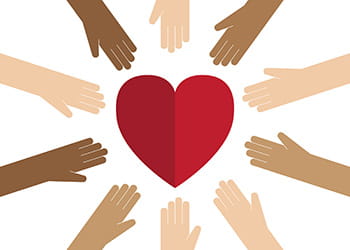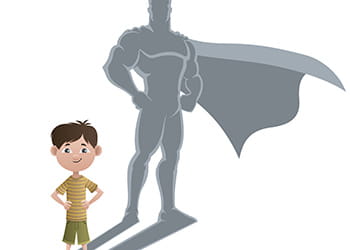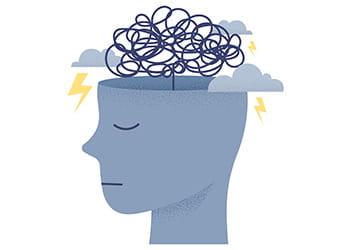What is Trauma?
The brain and body’s response to distressing, disturbing, and/or threatening events or experiences resulting in adverse physical, mental, and emotional effects. Traumatic events or experiences may include (but are not limited to):
- Medical trauma
- Life-altering or life-threatening illness/conditions
- Accidents and injuries
- Acts of violence
- Abuse and assault
- Neglect
- Natural disasters
- Death of a loved one
- Separation from a loved one
- Bullying


|

|

|

|
** Children and teens will often show you through their behavior that they are struggling rather than tell you **
Resources on Trauma by Age
Regardless of the setting, children and teens who have experienced trauma should have their emotional safety needs met. In order to feel secure and to ensure a sense of trust to enhance their coping, it is important to allow the child to be vulnerable without fear of judgement. This can look like:
- Clearing up any misconceptions
- Give them permission to still be a kid
- Maintain routine as much as possible and speak to them about any temporary changes
- Recognize that it is okay for you not to have all the answers and to respond with “I don’t know” when you are uncertain in order to keep a sense of trust
- Give space for ongoing conversations where you can validate/recognize the child’s emotions and answer the questions that they ask (avoid answering questions they have not asked yet)
- Understand that children—and adults for that matter--will all cope differently, so it is important to avoid shame when it comes to the child expressing their emotions and figuring out their coping strategies (and be sure to encourage/support their healthy coping strategies)
What children understand about trauma will often depend on their developmental level. The developmental level of a child can also influence the child’s reactions to the trauma. It can be helpful for parents/caregivers to be mindful of this so that they can explore the most effective ways to support the child following a traumatic event. It is also important to keep in mind that a child’s physical age may be different than their developmental level.
- Children at this stage have little understanding of trauma but still respond to it, especially regarding their caregiver’s anxiety or absence
- Caregivers may notice that infants/toddlers become more clingy, fussier, have increased tantrums, display changes in sleep habits, and/or display regressive behaviors (meaning they may behave in a way that is “younger” than their current age)
- Finding ways to help the child feel more secure, such as maintaining a routine, using positive physical touch, and interacting with them using their favorite comfort items/toys can help them regulate
- Preschool-aged children are likely to have misconceptions as they often think about everything in relation to themselves and may worry that they somehow caused the situation through their bad thoughts/behavior or that it was punishment for something they did wrong
- Caregivers may notice that children around this age may respond in a variety of ways such as by frequently telling the story of what happened (even to strangers), developing separation anxiety, increased nightmares, displaying regressive behaviors (example: wetting the bed or having toileting issues despite being potty-trained), among other changes in mood or behavior
- Clearing up misconceptions the child has, helping them identify who came to help during the traumatic event, and providing opportunities for them to express themselves through play can offer children a sense of safety and reassurance
- School-aged children oftentimes have feelings of guilt, may feel they are somehow to blame, and are often very aware of the feelings and reactions of the adults in their lives
- Caregivers may notice that school-aged children may develop more signs of anxiety, appear more fearful of new situations than before, and display changes in their school performance by either becoming disengaged in their school-work or overachieving
- Supporting children at this age can look like modeling healthy expression of emotions, giving them a “job” or role, and making the school aware so that they can help support the child’s needs during the school day
- Teens are typically more abstract thinkers and can better understand the complexity of trauma
- Caregivers may notice that teens are more likely to be withdrawn, experience depression, are more easily angered, engage in riskier behaviors (ex: alcohol/drug use, driving too fast, etc.), and/or may think they need to behave as an adult/”be strong” for others
- Continuing to be available for teens while also respecting their privacy, encouraging them to talk to a safe person or counselor about their thoughts/feelings, validating their emotions, and reassuring them that maintaining their friendships and activities during this time is okay are all helpful to the teen experiencing trauma






